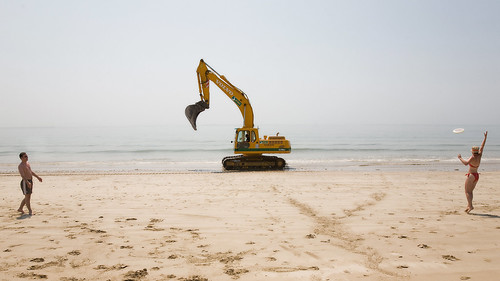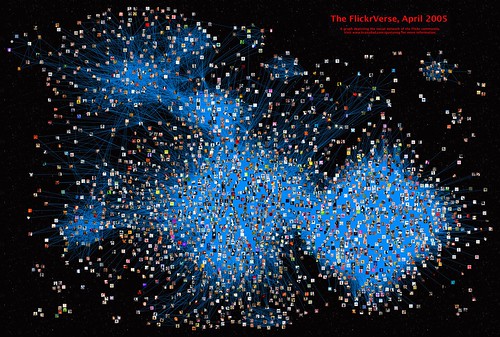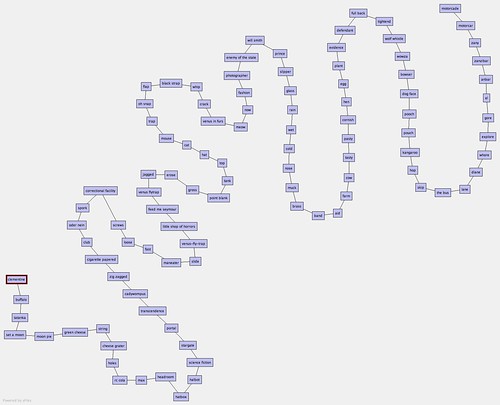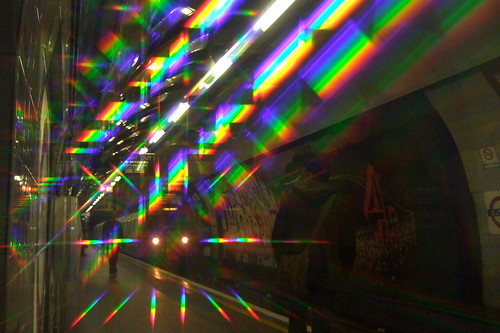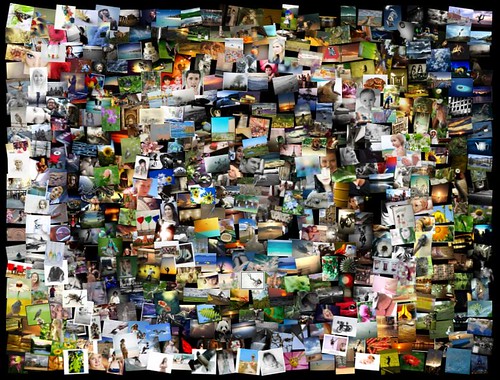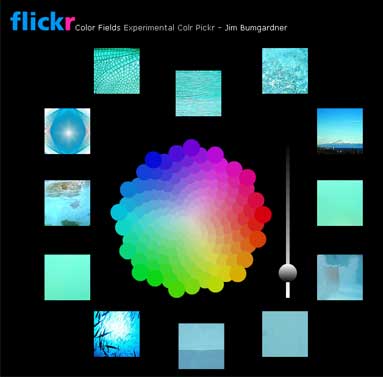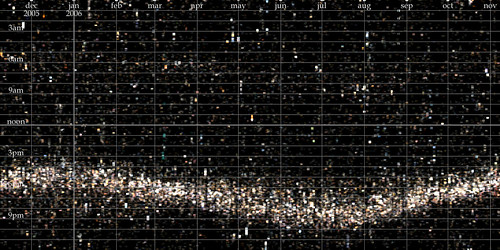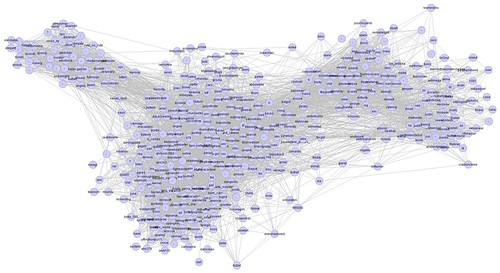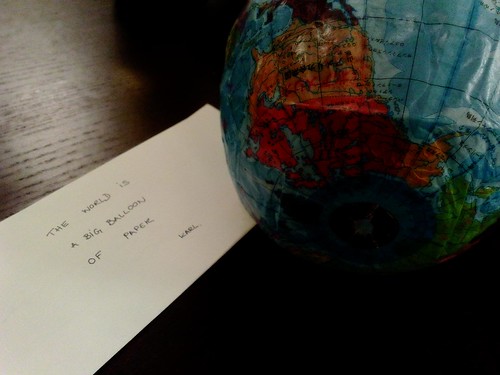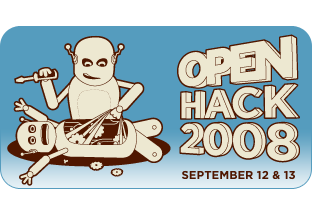We hope it’s obvious that long photos are taken extremely seriously here at FlickrHQ. To that end, it’s important that videos be first class citizens in our api. And with today’s launch of video for free users and the HD output, we have some important new api changes to share with you. So if you’re an uploader developer, a mobile application developer, or you make those things that are changing the way that people consume their tv and other media (nudge-nudge Boxee), take a look at these new additions to the api and make our long photos feel right at home in your apps.
With the addition of our HD output, all videos are now transcoded into 2 or 3 MP4s. Since these are in a widely-supported format, we thought it would be interesting to make them available to third-party developers. flickr.photos.getSizes will give you semi-permanent urls to the 700k site output, the mobile-optimized output, the 2mbps HD output (if available), and the original video (if the call is authenticated by the video owner and the owner is a pro member). For example:
<rsp stat="ok"> <sizes canblog="1" canprint="1" candownload="1"> <size label="Square" width="75" height="75" source="http://farm4.static.flickr.com/3436/3232057393_815b1c5d26_s.jpg" url="http://www.flickr.com/photos/mylesdgrant/3232057393/sizes/sq/" media="photo"/> <size label="Thumbnail" width="100" height="56" source="http://farm4.static.flickr.com/3436/3232057393_815b1c5d26_t.jpg" url="http://www.flickr.com/photos/mylesdgrant/3232057393/sizes/t/" media="photo"/> <size label="Small" width="240" height="135" source="http://farm4.static.flickr.com/3436/3232057393_815b1c5d26_m.jpg" url="http://www.flickr.com/photos/mylesdgrant/3232057393/sizes/s/" media="photo"/> <size label="Medium" width="500" height="281" source="http://farm4.static.flickr.com/3436/3232057393_815b1c5d26.jpg" url="http://www.flickr.com/photos/mylesdgrant/3232057393/sizes/m/" media="photo"/> <size label="Original" width="1280" height="720" source="http://farm4.static.flickr.com/3436/3232057393_204af3bcff_o.jpg" url="http://www.flickr.com/photos/mylesdgrant/3232057393/sizes/o/" media="photo"/> <size label="Video Player" width="640" height="360" source="http://www.flickr.com/apps/video/stewart.swf?v=1233362721&photo_id=3232057393&photo_secret=815b1c5d26" url="http://www.flickr.com/photos/mylesdgrant/3232057393/" media="video"/> <size label="Site MP4" width="640" height="360" source="http://www.flickr.com/photos/mylesdgrant/3232057393/play/site/815b1c5d26/" url="http://www.flickr.com/photos/mylesdgrant/3232057393/" media="video"/> <size label="Mobile MP4" width="480" height="360" source="http://www.flickr.com/photos/mylesdgrant/3232057393/play/mobile/815b1c5d26/" url="http://www.flickr.com/photos/mylesdgrant/3232057393/" media="video"/> <size label="HD MP4" width="1280" height="720" source="http://www.flickr.com/photos/mylesdgrant/3232057393/play/hd/815b1c5d26/" url="http://www.flickr.com/photos/mylesdgrant/3232057393/" media="video"/> <size label="Video Original" width="1280" height="720" source="http://www.flickr.com/photos/mylesdgrant/3232057393/play/orig/123fakest/" url="http://www.flickr.com/photos/mylesdgrant/3232057393/" media="video"/> </sizes> </rsp>
Use this if you’re lazy. If you’re not lazy and want to be one of the cool kids, you can construct the urls to these outputs yourself, assuming you have the nsid or custom url of the owner, the video id, and the secret (or original secret). Requesting the HD output for a video that doesn’t have it (because it’s less than 720 pixels high, or the owner is a free member), will deliver a 404. An example url:
http://www.flickr.com/photos/{user-id|custom-url}/{photo-id}/play/{site|mobile|hd|orig}/{secret|originalsecret}/
If you’re developing uploading tools for free users, flickr.people.getUploadStatus has new attributes to determine whether a user is allowed to upload any more videos or not. If the user is a free user, the output of this method will now look something like this:
<rsp stat="ok"> <user id="88251462@N00" ispro="0"> <username>Dev Myles</username> <bandwidth max="107373568" used="0" maxbytes="104857600" usedbytes="0" remainingbytes="104857600" maxkb="104857" usedkb="0" remainingkb="104857" unlimited="0"/> <filesize max="10485760" maxbytes="10485760" maxkb="10240" maxmb="10"/> <sets created="7" remaining="lots"/> <videosize maxbytes="157286400" maxkb="153600" maxmb="150"/> <videos uploaded="0" remaining="2"/> </user> </rsp>
Note the new <videos> element in the response, which will let you know how many more videos this user can upload this month.
And as always, if you feel like we’re missing something, please let us know.




